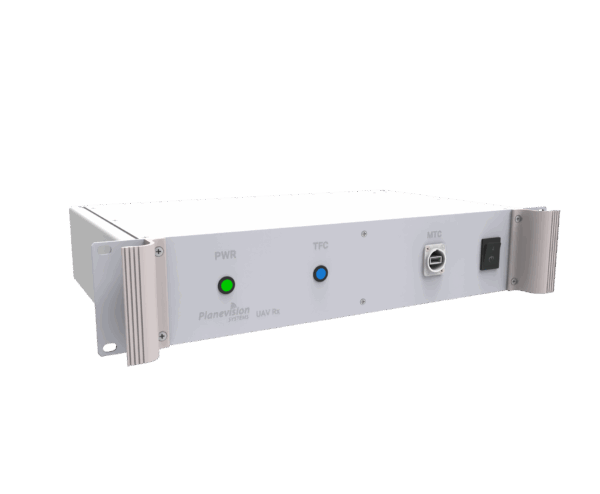As drones become part of everyday life—from filmmaking to infrastructure monitoring—Remote Identification (Remote ID) has emerged as a vital safety and accountability tool. Often called a “digital license plate,” Remote ID lets drones broadcast or transmit their identity and flight data in real time, ensuring they’re visible to airspace authorities, law enforcement, and other users.
Remote ID is now mandatory in many countries, including the United States, European Union, Japan, and others, supporting the safe integration of drones into increasingly crowded skies.
How It Works
Remote ID uses Bluetooth or Wi-Fi to send data—like drone ID, position, and controller location—to nearby receivers, accessible via smartphones or dedicated devices, with a typical range of a few 100 meters, depending on antenna location.
Who Uses Remote ID and Why
- Aviation regulators manage airspace and enforce rules.
- Law enforcement identifies drones during incidents or near restricted areas.
- Air traffic systems coordinate drones with crewed aircraft.
- Commercial operators use it for fleet tracking and compliance.
- Public safety agencies distinguish friendly drones from threats
Technology and Benefits
Remote ID integrates with systems like ADS-B, FLARM, and counter-UAS technologies, enhancing both local and national airspace awareness. It supports safe urban operations, BVLOS flights, and public trust by linking drones to responsible operators.
Conclusion
Remote ID is essential to modern drone operations. It enables safe skies, fosters accountability, and underpins the future of Urban Air Mobility and autonomous flight. As regulations mature and technologies advance, Remote ID ensures drones operate securely, visibly, and in harmony with other airspace users.
Our products for remoteID
-
DroneTRack
DroneTRack is a cost-efficient, professional receiver ground station tailored for monitoring position and other data from UAVs and small aircraft.


